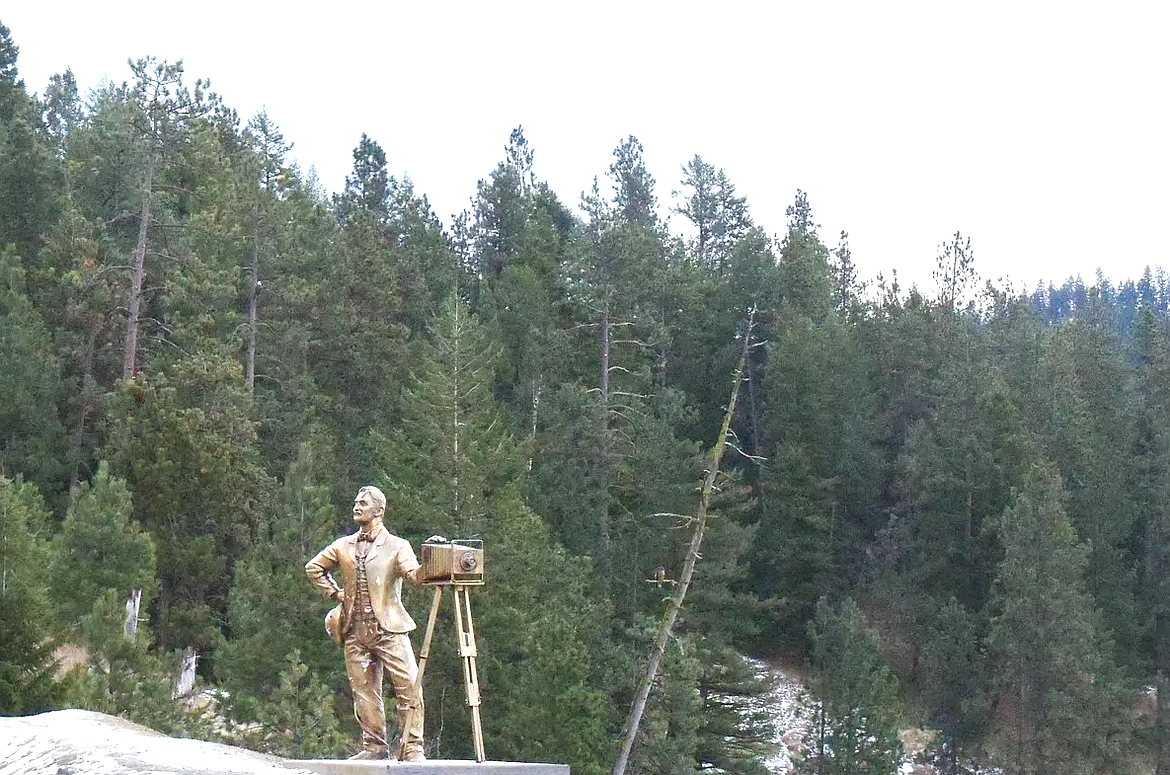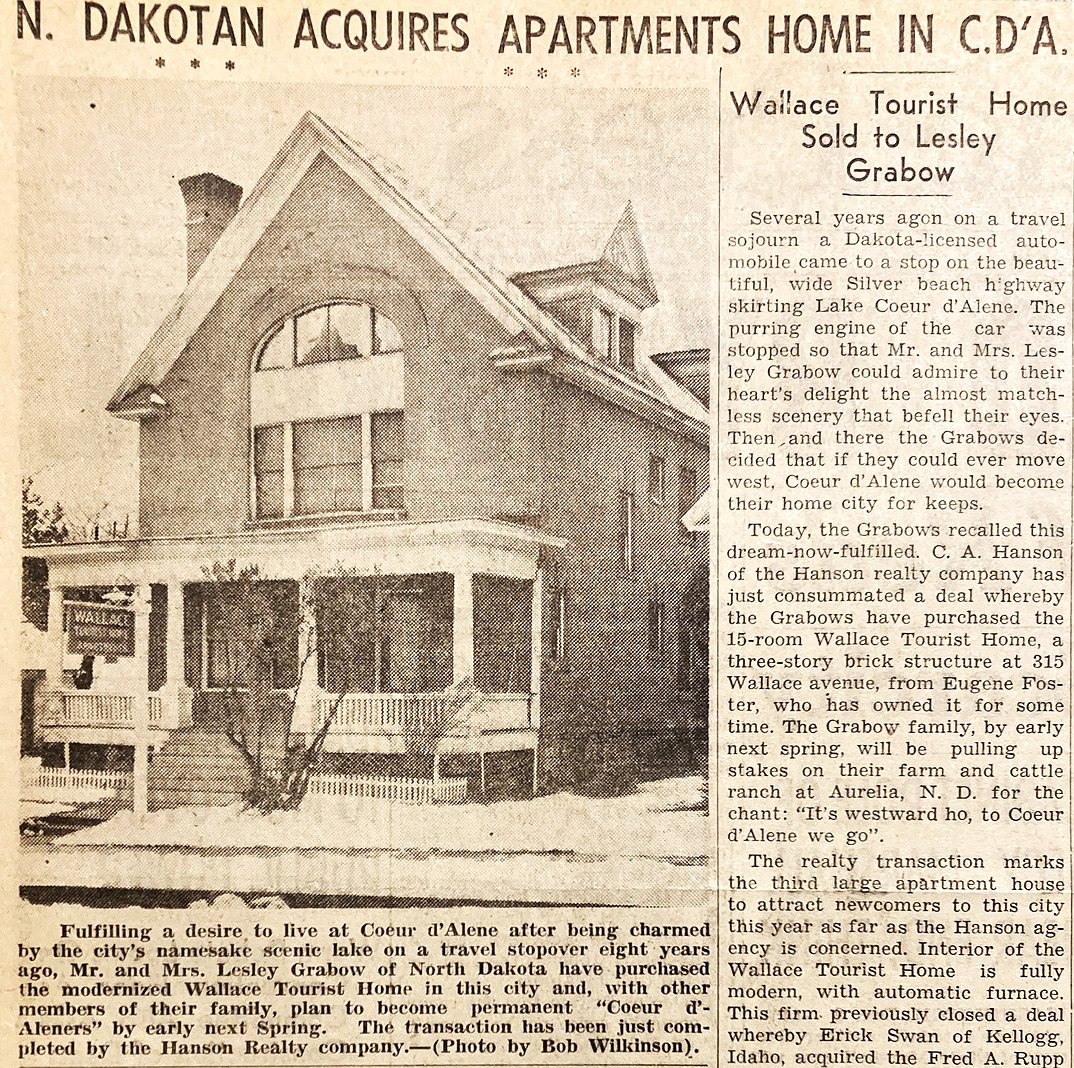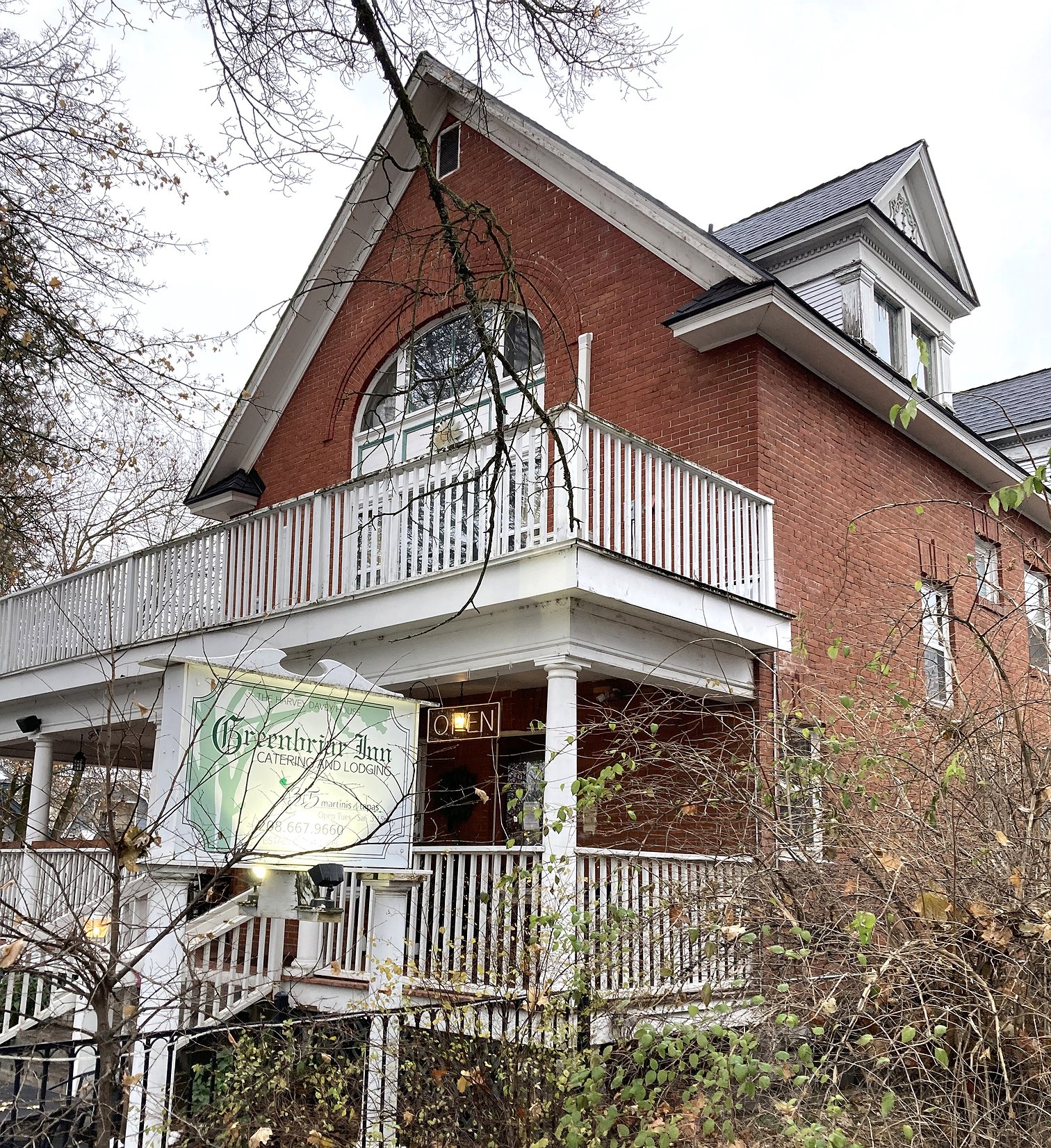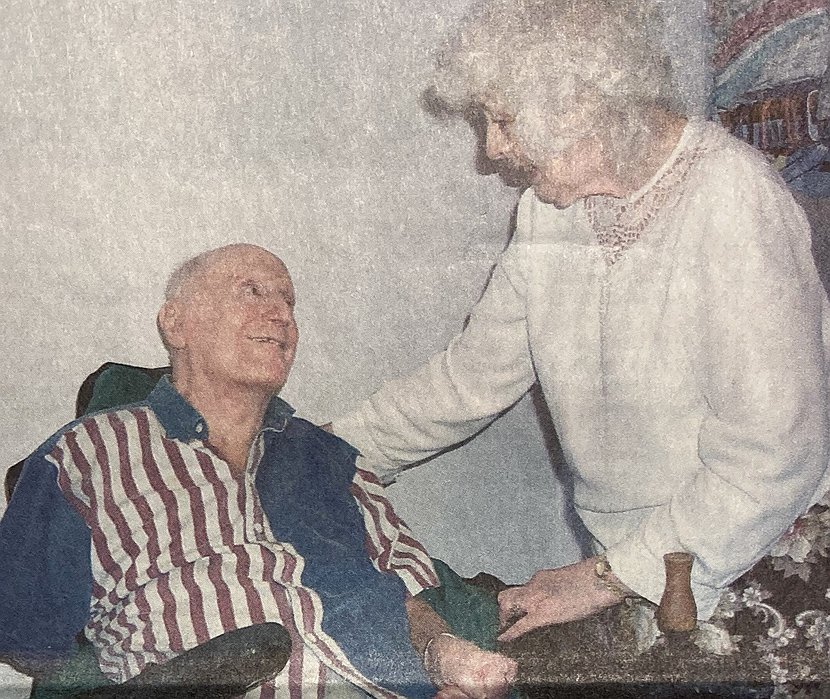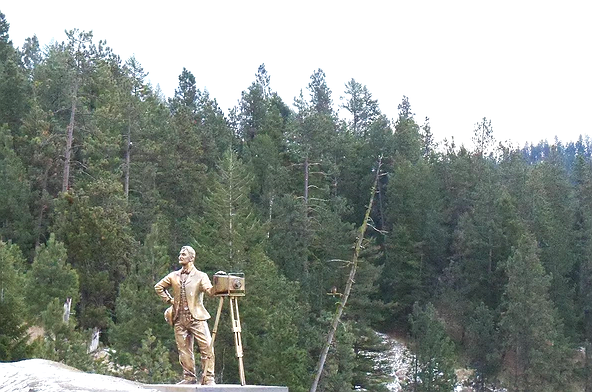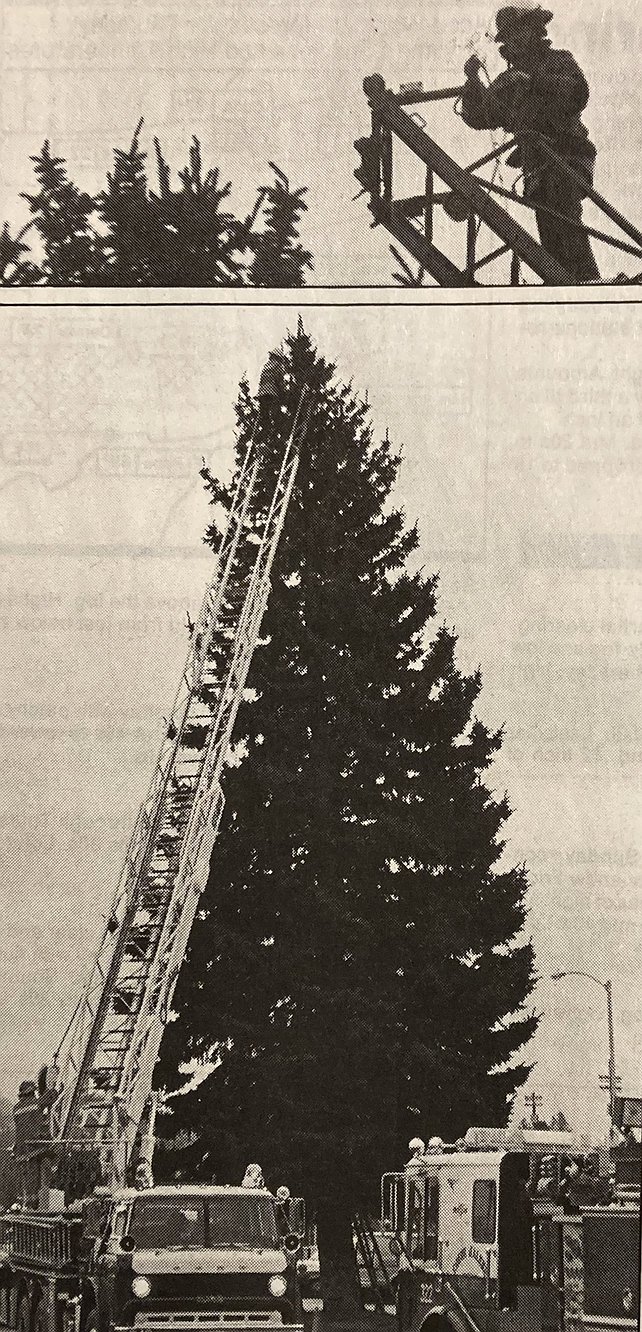HUCKLEBERRIES: Local crime of the '70s
It has been 50 years since the Marcussens disappeared without a trace.
Rita Marcussen, 20, a popular 5-foot-5 blonde with shoulder-length hair, was last seen helping clean up after closing time at a Hayden Lake dentist office, where she worked as a dental assistant.
Her husband, Ron, 22, and an acquaintance, George “Ed” Stroisch, stopped at the office to pick her up. Ron, at 6-foot-3 and redheaded, was hard to miss. The unemployed construction worker had spent the day — Monday, Nov. 19, 1973 — looking for work, paying bills, depositing a check and visiting a friend.
Both Marcussens had attended local schools. Rita graduated in 1970, fourth in her Lakeland High class, where she was active on the annual staff, ski club and drill team. Ron was born in Coeur d’Alene and raised in Rathdrum, where he played high school football and wrestled. Ron’s mother described her son as “an average, nice kid, not the type to go somewhere without telling someone.”
Then, Ron and Rita vanished.
Seventy searchers would scour rural Rathdrum after the couple’s 1973 yellow Toyota was found near Ramsey Road and Ohio Match Road. No other trace of the couple turned up until 1974, when hunters found Rita Marcussen’s skull. Her husband’s skull would be located 22 years later.
Former Press editor Doug Clark considers the Marcussen murders to be the local crime of the 1970s.
“When I got (to Coeur d’Alene) in 1976, they were still talking about it,” Doug told Huckleberries. “It was such a mystery. It was fascinating because there were a lot of twists and turns. We referred to stories like that as ‘howlers.’ They were ‘Hey, Martha, look at this’ kind of stories.”
For the next year after Rita Marcussen’s disappearance, people reported seeing her in this town or that.
Others were sure that a purported satanic coven in Rathdrum had abducted them. In the early 1970s, some claimed that cloaked Satanists would form a human chain across Highway 41, south of Rathdrum. And that the devil worshipers were mutilating cows and sacrificing animals, including, perhaps, humans.
Doug worked for The Press from 1976 to 1983, first as the sports editor and then as the managing editor. In the latter position, he assigned his two best reporters to write a comprehensive story about the case. By then, George “Ed” Stroisch had been accused and acquitted of Rita Marcussen’s murder.
According to the Spokesman-Review, Stroisch admitted he was with the Marcussens on the day of their disappearance. But he claimed he was hunting when they vanished. A trial witness testified of seeing him tow the couple’s car. Without Ron Marcussen’s remains, however, the evidence was circumstantial.
At the trial, the defense raised the possibility that Ron Marcussen had killed his wife and run off.
On Oct. 26, 1995, according to the Spokesman-Review, a Post Falls man located Ron Marcussen’s skull, with two bullets in it, 1 ½ miles from where his wife’s remains were found. The bullets had the same markings as those from an RG Rohm .22 pistol found in 1973 at Stroisch’s home.
But police declared the case closed 22 years almost to the day that the Marcussens went missing. Stroisch had died two months before.
Coeur d’Alene dreamin’
After World War II, a North Dakota farm couple fulfilled a dream by buying a spacious dwelling in downtown Coeur d’Alene. Mr. and Mrs. Lesley Grabow had fallen in love with the area the minute they saw Lake Coeur d’Alene eight years before.
In December 1948, a Coeur d’Alene Press story reported that the Grabows parked their car along Silver Beach, east of town, so they “could admire to their heart’s delight the almost matchless scenery that befell their eyes.” And they pledged then and there to move to Coeur d’Alene, if they ever moved west.
And they did, buying the 15-room Wallace Tourist Home from Eugene Foster. The three-story brick building was “fully modern, with an automatic furnace.”
Realtor C.A. Hanson, whose office had sold two other apartment buildings in 1948, told The Press: “Many people who have visited in the west, looking for a new place to live, tell me Coeur d’Alene appeals to them as the finest location they have seen anywhere in the country.”
The house the Grabows purchased at 315 E. Wallace Ave. was built in 1908 by Harvey and Carrie Davey. Today, we know it as the Greenbriar Inn.
War and chow
On Dec. 7, 1941, as Japanese warplanes bombed Pearl Harbor, the late Merle Mitchell kept his head.
As an 18-year-old Army private, the Post Falls man was standing in the chow line at Pearl Harbor when all hell broke loose. And he was the only one from his outfit who had the good sense to grab grub — a stack of pancakes — amid the commotion.
“I was the only one to have a full stomach that evening,” Merle, then about 80, recalled, with a big smile, in an interview with The Press in December 2003.
Six months later, the local warrior was promoted to staff sergeant and sent to Guadalcanal. For the rest of the war, he said, “It seemed like I served on every damn island in the South Pacific.”
Two weeks before the war ended, he was shot in the neck by a Japanese sniper and barely survived. It cost him his right arm. But he remained upbeat: “I figured right at first that there’s no use moaning and crying because that certainly wouldn’t get me any place.”
And that attitude is why our parents and grandparents are honored as “The Greatest Generation.”
Huckleberries
• Poet’s Corner: Like tiny stars upon the trees/they twinkle in the frosty breeze,/and throw their little rays of light/like hope into the cold black night — The Bard of Sherman Avenue (“Christmas Lights, Sherman Avenue”).
• Did You Know — that some special Idahoans received license plates that included the letters “NG”? And they had to earn them. “NG” stood for National Guard. In 1963, officers and other key personnel of the Guard could order the plates at no additional cost. About 40 attached to the 148th Field Artillery here were eligible. ‘Twas a nice perk for those who protected our country.
• Factoid: Among the early ideas that city visionaries had to replace that old gravel pit along Ramsey Road was a Minor League Baseball diamond and an amphitheater concert venue. They wooed the Kroc Center to the site instead. The greater Coeur d’Alene area came out way ahead.
• You Know That … the late R.G. Nelson, designer of The Coeur d’Alene Resort and the Hagadone Corporation headquarters, won many honors. And you may know that former Commissioner Jai Nelson was his daughter. But did you know that he cherished a short poem by Henry Wadsworth Longfellow? It goes: “Ah, to build, to build! That is the noblest art of all arts.”
• Leopold at 20: “Leopold,” a statue of an 1890s photographer, has been in place at the western end of the North Idaho Centennial Trail for two decades. In 2019, weather and vandalism forced artist David Clemons to make repairs. But Leopold is still an eagle-watching crowd-pleaser today.
• Buying Tubbs Hill: The late U.S. senator Frank Church will be forever remembered by conservationists here for securing federal funds to help buy 38 acres of Tubbs Hill. On Nov. 5, 1968, The Press trumpeted that the Idaho Democrat had wrangled matching funds from Congress for the $125,000 purchase of land on the west and south slopes of Tubbs Hill. Salute.
Parting shot
The Freedom Tree has been gone 10 years now, since it was toppled March 22, 2013, to make room for the $20 million overhaul of McEuen Park. Planted by conservationists in 1958 at the southern end of Fourth Street, it blocked businesses from encroaching on McEuen Playfield and Tubbs Hill. Opportunists once wanted to build a resort on top of Tubbs Hill and later a shopping center on what is now McEuen. In the fall of 1972, the Norway spruce was dubbed the “Freedom Tree” in honor of native son Fred McMurray after he was shot down and went missing in North Vietnam. The name remained to honor POWs even after Fred returned home safely. Veterans hung their dog tags from the tree. Many lamented when it was cut down. But the city replaced the Freedom Tree with another one planted on the edge of the splendid new Veterans Memorial Plaza. This area proves in many ways how much it prizes its veterans.
• • •
D.F. (Dave) Oliveria can be contacted at dfo@cdapress.com.







